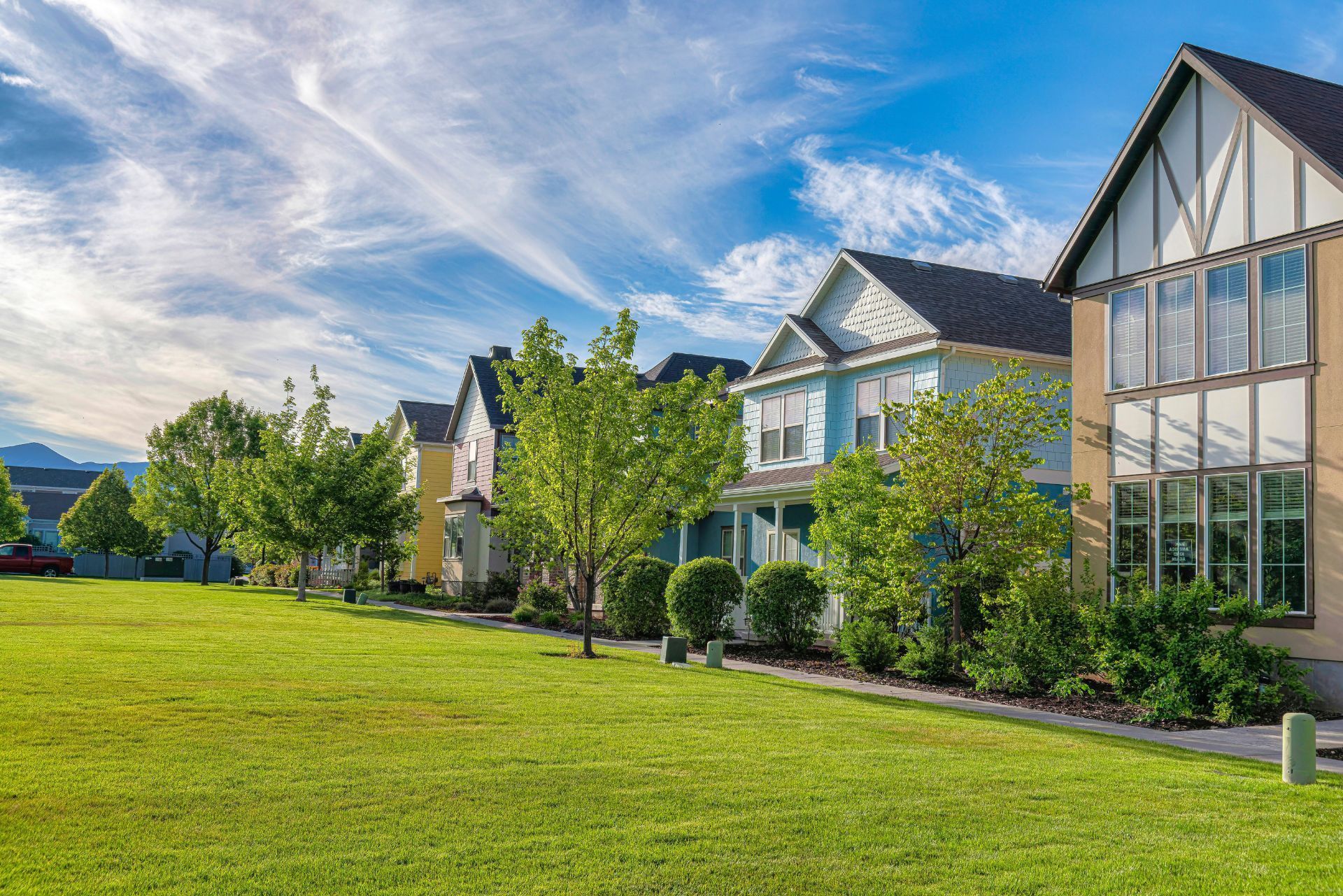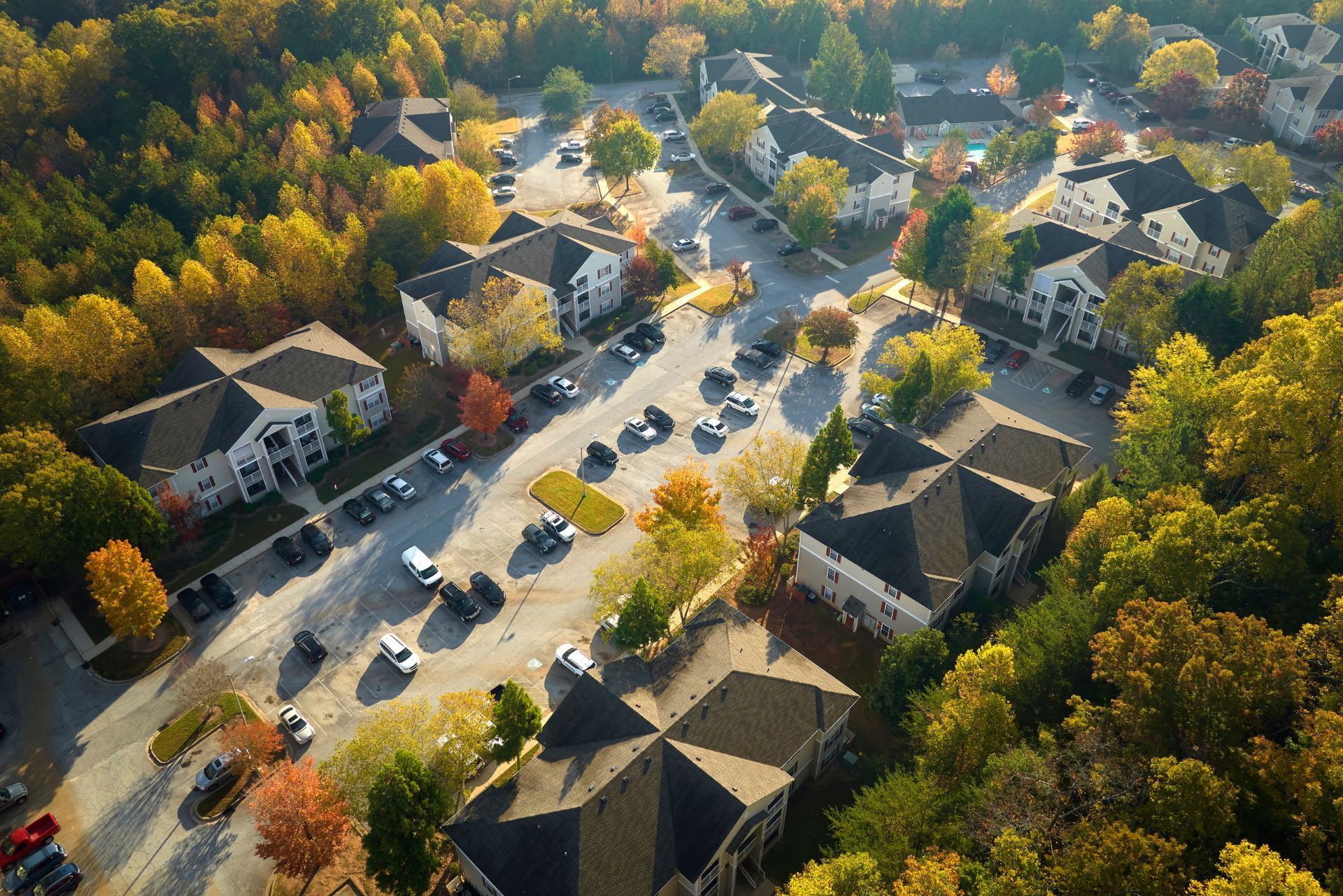Minnesota Multiple Rental Properties Insurance

See How We're Different
or call us: (763) 242-1668
Common Business Insurance Policies
By: Matt Larsen
Owner of Capstone Insurance Group & Restaurant Insurance Advisor
763-242-1668
Index
Contact Us
Owning multiple rental properties in Minnesota can be a lucrative investment, but it comes with its own set of challenges—especially when it comes to insurance. With rising premiums, increasing claims from natural disasters, and evolving market conditions, understanding the current landscape of property insurance in Minnesota is more important than ever for landlords and property managers.
This comprehensive guide will walk you through everything you need to know about insuring multiple rental properties in Minnesota, including recent trends, cost drivers, and strategies to manage your insurance expenses effectively.
Understanding the Current Insurance Climate in Minnesota
Property insurance rates in Minnesota have been on a steep upward trajectory in recent years, affecting homeowners and rental property owners alike. For instance, the average homeowner’s monthly premium is projected to rise from $294 in 2024 to $338 in 2025, marking a 15% increase overall. This trend is mirrored and even amplified in the rental property sector, where multifamily housing insurance costs have surged significantly.
One of the key drivers behind these increases is the frequency and severity of weather-related claims. In 2023, a single storm caused approximately $1 billion in claimed losses across the Twin Cities and central Minnesota, putting enormous pressure on insurance providers. This has led to insurers paying out significantly more in claims than they collect in premiums; in 2022, Minnesota insurers paid out $1.92 for every $1 collected, which is unsustainable and has forced rate hikes.
In addition to weather-related claims, the rising costs of construction materials and labor have also contributed to the increase in insurance premiums. As rebuilding efforts become more expensive, insurers must adjust their rates to account for the higher costs associated with repairs and replacements. This is particularly evident in areas that have experienced significant storm damage, where the demand for contractors and materials has surged, further inflating costs. Homeowners are now finding that not only are their premiums increasing, but also their deductibles are rising, making it even more challenging to recover from losses.
Moreover, the evolving landscape of risk assessment is influencing how insurance companies evaluate properties. Insurers are increasingly utilizing advanced technology and data analytics to predict potential risks associated with specific locations. This means that homes in areas prone to flooding or severe weather may see even steeper increases in their insurance rates as companies adjust their models to reflect the heightened risk. As a result, homeowners may need to consider additional measures, such as investing in flood defenses or retrofitting their properties, to mitigate potential losses and possibly lower their premiums in the long run.
For more detailed insights on these developments, the Insurify report on Minnesota home insurance premiums offers a clear view of the rising costs and their implications.

Why Insurance Costs Are Rising for Multiple Rental Properties
Insurance premiums for multifamily rental properties in Minnesota have seen some of the sharpest increases. According to a survey by the Federal Reserve Bank of Minneapolis, apartment owners in the Upper Midwest experienced an average annual insurance premium increase of 45% from 2023 to 2024. This surge is putting considerable financial strain on property owners, particularly those managing affordable housing units.
Several factors contribute to this trend. First, the increased frequency of severe weather events leads to more claims, which drives up costs for insurers. Second, the insurance industry is facing challenges with underwriting profitability, especially in regions like Minnesota where claim payouts have outpaced premiums by a wide margin. Finally, the multifamily housing market itself is under stress, with rising costs making it harder to maintain and develop affordable housing.
Experts from the Federal Reserve Bank of Minneapolis note that “the increasing cost of insurance is starting to impact decisions regarding new developments for affordable housing,” highlighting the broader economic implications beyond just insurance premiums.
In addition to severe weather, the rise in claims can also be attributed to an increase in liability lawsuits, which have become more common in the wake of heightened awareness surrounding tenant rights and safety regulations. Property owners are now facing not only the costs associated with physical damage but also legal fees and settlements, which can significantly inflate their insurance premiums. As a result, many landlords are finding it increasingly difficult to budget for these unexpected expenses, leading to a ripple effect throughout the housing market.
Moreover, the ongoing supply chain issues and inflationary pressures are exacerbating the situation. The costs of building materials and labor have surged, making it more expensive to repair or rebuild properties after incidents. This creates a vicious cycle where higher repair costs lead to increased claims, which in turn drive up insurance premiums further. As multifamily property owners grapple with these challenges, many are exploring alternative risk management strategies, such as self-insurance or forming cooperatives to pool resources and mitigate costs.
To explore the challenges faced by multifamily housing owners, see the
Federal Reserve Bank of Minneapolis article on rising property insurance costs.
Impact on Affordable and Multifamily Housing
Rising insurance costs are not just an inconvenience—they pose a serious threat to the viability of affordable and multifamily housing in Minnesota. These properties often operate on thin margins, and dramatic premium increases can jeopardize their financial sustainability.
Nick Stageberg, Principal at Black Swan Real Estate, emphasizes the gravity of the situation: “It’s almost impossible to overstate the impact of that, and it’s really a crisis for the whole country that many buildings are now somewhat uninsurable, which means that it’s almost impossible to obtain lending on them.” This creates a vicious cycle where higher insurance costs limit financing options, which in turn restricts the ability to maintain or develop affordable housing.
Additionally, some condominium and HOA properties have seen insurance rates skyrocket by as much as 400% in 2024, further straining homeowners and investors alike. This spike reflects the broader volatility and risk perceived by insurers in the Minnesota property market.
The implications of these rising costs extend beyond just financial strain; they also affect the overall housing landscape. As developers face increased hurdles in securing financing for new projects, the pipeline for new affordable housing units slows significantly. This stagnation can exacerbate the existing housing crisis, leaving low-income families with fewer options and potentially leading to increased homelessness. Moreover, the lack of affordable housing can drive up demand for rental units, further inflating prices and making it even more difficult for residents to find suitable living arrangements.
Moreover, the ripple effects of these insurance hikes are felt across communities. Local economies rely on the stability that affordable housing provides, as it enables a diverse workforce to live and work in the same area. When affordable housing becomes scarce, businesses may struggle to attract and retain employees, leading to a decline in economic vitality. The social fabric of communities can also fray, as families are forced to relocate further away from their jobs and support networks, disrupting established relationships and community ties.
For a detailed look at these dramatic rate increases, the
Star Tribune report on property insurance hikes provides valuable context.
Strategies for Managing Insurance Costs on Multiple Rental Properties
While rising insurance costs can feel overwhelming, there are several strategies rental property owners can employ to manage and potentially reduce their premiums:
- Shop Around and Compare Quotes: Insurance premiums can vary widely between providers. Regularly obtaining multiple quotes can help identify more competitive rates.
- Invest in Risk Mitigation: Enhancing property resilience against storms and other hazards can lower risk profiles and premiums. This might include installing storm-resistant windows, updating roofing materials, or improving drainage systems.
- Increase Deductibles: Opting for a higher deductible can reduce monthly premiums, though it requires preparedness to cover larger out-of-pocket expenses in the event of a claim.
- Bundle Insurance Policies: Some insurers offer discounts when multiple properties or different types of insurance (e.g., property and liability) are bundled together.
- Work with Experienced Brokers: Insurance brokers who specialize in multifamily and rental property insurance can navigate the market more effectively and find tailored solutions.
Understanding the insurance market dynamics and staying proactive in risk management are key to controlling costs in a challenging environment. Additionally, maintaining a good credit score can also play a crucial role in determining your insurance premiums. Insurers often consider credit history as a factor in assessing risk; thus, ensuring timely payments and managing debts can lead to more favorable rates. Furthermore, participating in risk management programs offered by insurance companies can provide insights and tools to minimize potential claims, which can ultimately reflect positively on your premium costs.
Another effective strategy is to regularly review and update your insurance coverage to ensure it aligns with current property values and market conditions. As property values fluctuate, it’s essential to avoid being underinsured or overpaying for coverage that no longer reflects the true worth of your assets. Engaging in regular property assessments and keeping detailed records of improvements and renovations can also aid in negotiating better terms with your insurer, ensuring you are adequately covered without incurring unnecessary expenses.

Looking Ahead: What Rental Property Owners Should Expect
Given the current trends, rental property owners in Minnesota should anticipate continued volatility in insurance premiums. The combination of increasing natural disasters, underwriting challenges, and market pressures means that insurance will remain a significant expense for the foreseeable future.
However, awareness and strategic planning can help mitigate some of these impacts. Staying informed about industry developments, leveraging expert advice, and investing in property improvements are essential steps to protect your investments. For instance, enhancing the resilience of your properties through upgrades such as storm-resistant roofing or improved drainage systems can not only reduce the risk of damage but may also lead to lower insurance premiums over time. Additionally, implementing energy-efficient upgrades can attract environmentally conscious tenants, further increasing your property's appeal in a competitive market.
For ongoing updates and expert perspectives on insurance and real estate in Minnesota, resources like
Finance & Commerce’s coverage of apartment owners’ challenges offer valuable insights. Furthermore, engaging with local real estate associations can provide networking opportunities and access to workshops that focus on best practices in property management and risk mitigation. These connections can prove invaluable as they often lead to shared experiences and strategies that can help navigate the complexities of the current rental landscape.
Conclusion
Insurance for multiple rental properties in Minnesota is becoming more complex and costly, driven by rising claims, severe weather events, and market instability. For landlords and property managers, understanding these factors and actively managing insurance policies is critical to maintaining profitability and ensuring long-term success.
While the landscape is challenging, informed decisions and proactive risk management can help property owners navigate these changes effectively. Staying connected to trusted sources and industry experts will be vital as the insurance market continues to evolve in the coming years.





